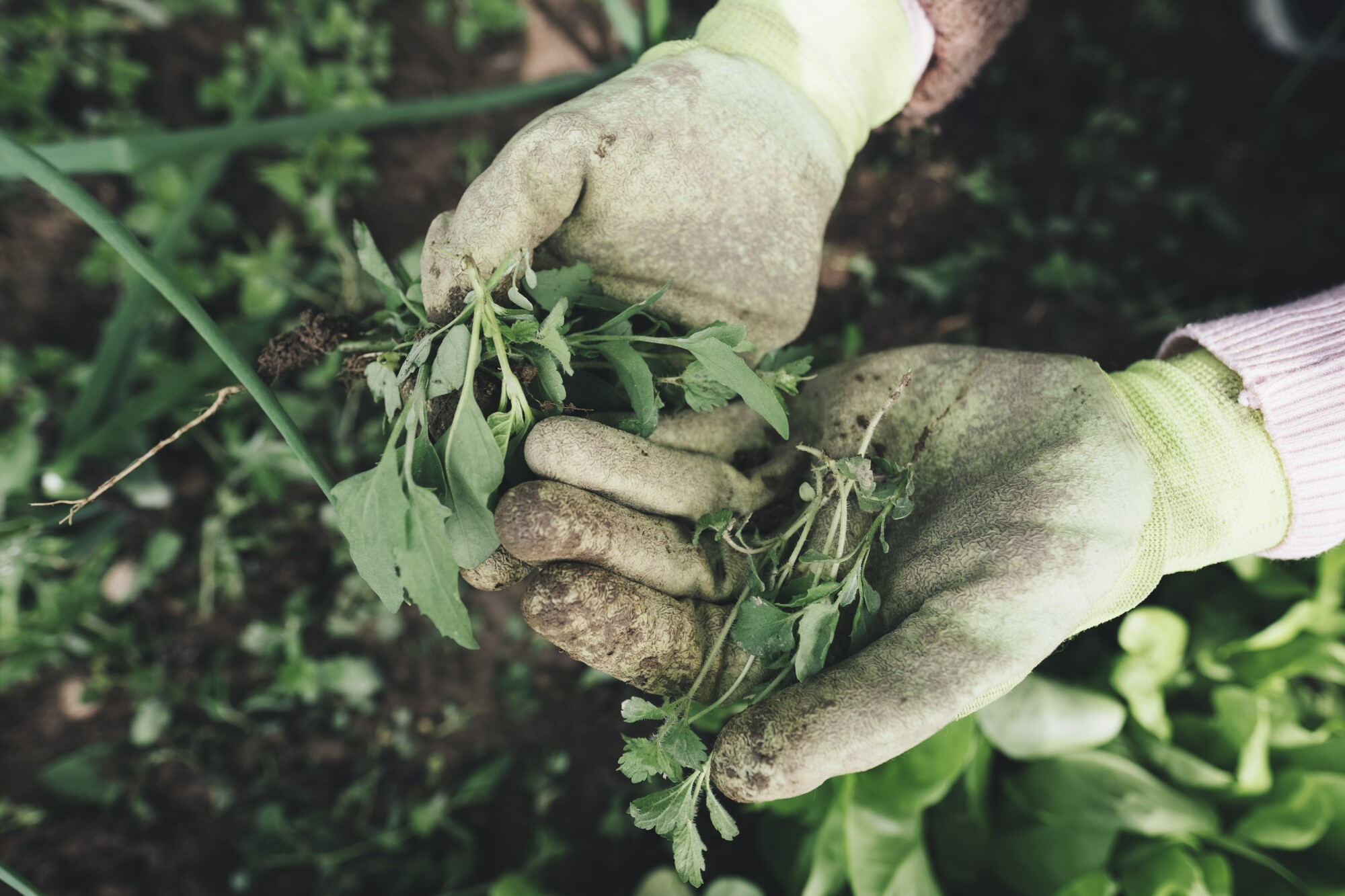With spring, it’s time to get outside and care for your lawn. Whether you’re an experienced mower or not, navigating different types of weeds can be challenging. Some thorny weeds pose severe issues to your property, and others only cause aesthetic harm.
Knowing the difference can help you avoid taking unnecessary actions against your yard. We’ll go into how you can identify common weeds with thorns. With this information, you’ll kick off the growing season with streamlined care for your grass.
Observe the Plant’s Growth Habit
Consider the plant’s overall size, shape, and structure when observing the growth habit. Is it a sprawling ground cover that creeps along the soil, a tall shrub that reaches several feet, or a climbing vine that uses other plants or structures for support? Understanding the plant’s growth pattern will help you narrow down its identity.
Examine the Leaves
Carefully inspect the leaves of the weed. Take note of their size, shape, and color. Are they simple or compound? Simple prickly leaves have a single blade, while compound leaves have multiple leaflets.
Also, pay attention to the arrangement of the leaves on the stem. Are they alternate, opposite, or whorled? Leaf characteristics can be a critical factor in identifying plant species.
Check for Thorns or Spines
Thorns and spines are specialized structures that protect the plant. Thorns are sharp, pointed extensions from the stems, while spines are modified leaves that have become rigid and sharp.
Observe the thorns or spines closely. Note their size, shape, and placement on the plant. Some plants may have thorns on the stems and spines on the leaves.
Inspect the Flowers
Flowers can reveal a lot about a plant’s identity. Pay attention to the flower’s color, size, shape, and arrangement. Look for unique features such as the number of petals, the presence of distinct markings or patterns, and the overall appearance of the inflorescence (flower cluster). Detailed observations of the flowers can help you differentiate between closely related species.
Study the Fruit or Seed Pods
These can be critical diagnostic features if the weed produces fruits or seed pods. Examine the fruit’s shape, size, color, and distinctive characteristics.
Additionally, look at the seeds, noting their shape, color, and any unique patterns or structures on the seed coat. Some thorny weeds are known for their distinctive seed pods.
Seek Expert Advice
If you’re still uncertain about the plant’s identity, consider reaching out to local experts, as well as agricultural extension offices or botanists who are familiar with the flora of your region. They can provide valuable insights and may even recommend additional diagnostic tools, such as botanical keys, for precise identification. Seeking guidance from professionals with expertise in landscaping services and lawn care can be especially beneficial when dealing with challenging weed management issues.
Unravel the Mystery of Thorny Weeds
Identifying and controlling common weeds is vital to creating an aesthetically pleasing yard. When unsure about a weed’s identity, consult a local nursery or online professional communities for an accurate answer.
Through this article, the implications of correctly identifying common thorny weeds have been addressed. Consider these tips when maintaining your garden and yard for the best results.
We hope you found this article helpful. If you did, check out our blog for more great content like this.




